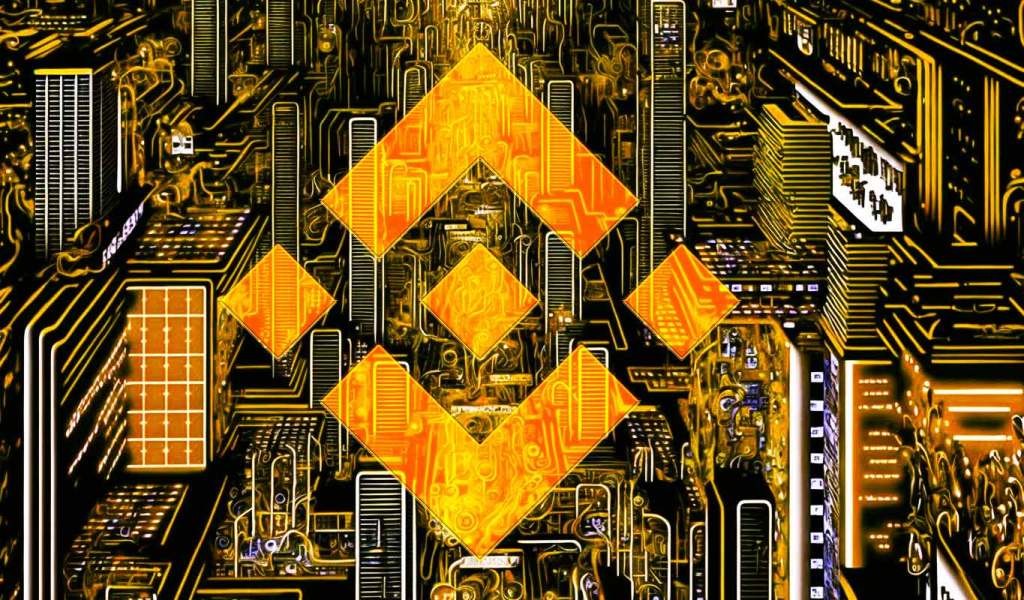
Bitcoin will rise to between $250,000 and $500,000 within the next 12 to 24 months, predicted Charles Hoskinson.
Cardano founder Charles Hoskinson said decentralized finance in the Bitcoin ecosystem will eclipse all other crypto DeFi within two to three years.
He touted the potential for Bitcoin DeFi while making a bold price prediction and highlighting a new model for bridging Bitcoin (BTC) without using centralized exchanges.
“I started in the Bitcoin space and I loved Bitcoin. Bitcoin has been a big part of my life and the only reason I’m here today is because Bitcoin exists,” he said in a YouTube video posted on Nov. 27.

The new bridge lets users withdraw Bitcoin even if most Cardano nodes become malicious.
The upcoming Cardano-Bitcoin bridge, based on the Grail protocol, may be a first step toward providing decentralized finance (DeFi) applications that are secured by Bitcoin, documents from the bridge’s underlying protocol reveal.
On Oct. 24, Emurgo, the development team backing Cardano, announced that it was developing the bridge in partnership with Grail’s developer, BTCOS.
In an X post on the following day, Cardano founder Charles Hoskinson clarified that the network will eventually host DeFi applications secured by Bitcoin, adding that, “With babel fees, Bitcoin developers can develop Hybrid Cardano/Bitcoin applications in Aiken and pay their transaction fees in bitcoin.”

BlockTower’s venture capital arm, BlockTower Venture Capital, will continue to operate independantly.
Arca and BlockTower Capital agreed to merge into a unified cryptocurrency investment platform, according to a Nov. 13 announcement.
“Investors have been clamoring for regulated digital assets investment offerings for years,” Rayne Steinberg, Arca’s CEO said in a statement.
The merger will help ensure the firms possess “the resources and expertise to effectively manage our current product offerings and broaden our investment options,” Steinberg added.

Sequoia Capital owns 16% of Bridge, which is set to be acquired by payments platform Stripe for $1.1 billion.
Venture capital firm Sequoia Capital, which owns 16% of stablecoin platform Bridge, could rake in over $100 million from Stripe’s $1.1 billion acquisition deal of the firm.
Sequoia made a $19 million investment in the crypto firm’s Series A round, which took place within the last year, Bloomberg reported on Oct. 29, citing people familiar with the matter.
Other VC firms are also set for hundreds of millions of dollars in windfall from their stakes in Bridge, including Ribbit Capital, Haun Ventures, Index Ventures, and Bedrock Fund Management.

TechCrunch founder Michael Arrington says payments giant Stripe has completed the acquisition of stablecoin startup Bridge. In an X post referencing a report about Stripe’s discussions to acquire Bridge, the tech publication executive says the $1.1 billion purchase of Bridge is a done deal. A Bloomberg report last week indicated that Stripe had been in […]
The post Payments Giant Stripe Acquires Stablecoin Firm Bridge for $1,100,000,000, According to TechCrunch Founder appeared first on The Daily Hodl.

The deal marks one of crypto’s largest acquisitions, allowing more businesses to deal in stablecoins.
Payment processing giant Stripe has reportedly acquired stablecoin platform Bridge in a $1.1 billion deal, according to TechCrunch founder Michael Arrington.
The deal had been in “advanced stages” from at least Oct. 17, according to reports at the time, which representatives from both organizations did not address.
“This deal is done. $1.1b,” Arrington wrote in an Oct. 20 X post.
 Payments company Stripe has acquired stablecoin platform Bridge in a $1.1 billion transaction, marking the largest acquisition in the crypto industry to date. Techcrunch founder Michael Arrington confirmed the news through a post on X, emphasizing the significance of this milestone deal. The acquisition of Bridge reflects Stripe’s growing commitment to cryptocurrency. Bridge offers software […]
Payments company Stripe has acquired stablecoin platform Bridge in a $1.1 billion transaction, marking the largest acquisition in the crypto industry to date. Techcrunch founder Michael Arrington confirmed the news through a post on X, emphasizing the significance of this milestone deal. The acquisition of Bridge reflects Stripe’s growing commitment to cryptocurrency. Bridge offers software […] Payments giant Stripe is in advanced discussions to acquire the San Antonio-based stablecoin platform Bridge for $1 billion, according to reports by Bloomberg and Forbes. Founded by former Coinbase employees Zach Abrams and Sean Yu, Bridge specializes in enabling businesses to create, store, and transact with stablecoins like Tether’s USDT and Circle’s USDC, having raised […]
Payments giant Stripe is in advanced discussions to acquire the San Antonio-based stablecoin platform Bridge for $1 billion, according to reports by Bloomberg and Forbes. Founded by former Coinbase employees Zach Abrams and Sean Yu, Bridge specializes in enabling businesses to create, store, and transact with stablecoins like Tether’s USDT and Circle’s USDC, having raised […]

Stablecoins pegged to the United States dollar have outpaced Bitcoin as a store of value in developing countries with runaway inflation.
Stripe, a payments processing company, is reportedly in talks to acquire stablecoin platform Bridge, according to unnamed sources familiar with the deal.
According to Bloomberg, the deal has not yet been finalized, and either party could still walk away without inking an agreement.
The potential acquisition by Stripe comes amid the payment company's planned re-entry into the digital asset sector after a six-year break from providing crypto payment services.

An interoperable Ethereum (ETH)-based decentralized finance (DeFi) platform is skyrocketing after suddenly gaining support from Binance. In a new announcement, the world’s largest crypto exchange platform by volume says that it will be adding futures contracts for interoperability protocol Synapse (SYN). “To expand the list of trading choices offered on Binance Futures and enhance users’ […]
The post Ethereum-Based Interoperability Altcoin Explodes After Binance Futures Listing appeared first on The Daily Hodl.